TRENDING FASHION IN SWEDEN
July 22, 2022TRENDING FASHION IN SPAIN
August 5, 2022Ireland is an island located in northwest Europe and the North Atlantic Ocean. The North Channel, Irish Sea, and St. George’s Channel divide it from Great Britain to its east. Ireland is the third-largest island in Europe, the second-largest in the British Isles, and the twentieth-largest island in the world.
Geographically, Ireland is split between Northern Ireland, which is a part of the United Kingdom, and the Republic of Ireland, which occupies five-sixths of the island. Ireland had 5 million people. About 4 million people called the Republic of Ireland home, while 1 million called Northern Ireland home.
Ireland’s landscape is made up of multiple navigable rivers that stretch inland and relatively low-lying mountains that encircle a core plain. It’s warm but variable environment, which is devoid of temperature extremes, is the cause of its rich vegetation. Up to the end of the Middle Ages, much of Ireland was covered with woodland.
Ireland developed a Gaelic culture by the first century AD. Beginning in the fifth century, the island became Christianized. England asserted its dominance after the Anglo-Norman invasion in the 12th century. However, English sovereignty did not cover the entire island until the Tudor conquest in the 16th and 17th centuries, which prompted the colonization of the island by Britons. A system of Protestant English governance that began in the 1690s and was expanded in the 18th century was created to materially harm both the Catholic majority and Protestant dissenters.
TRENDING FASHION IN IRELAND





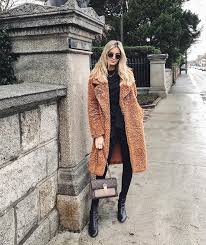
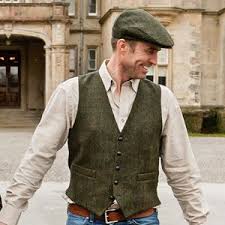



ACCESSORIES IN IRELAND



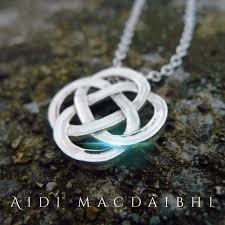









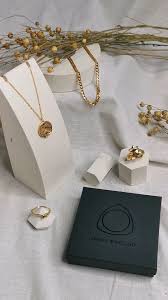




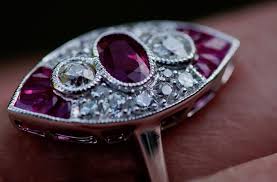
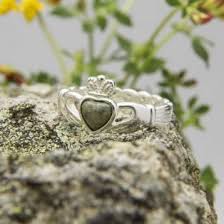




TRIBES IN IRELAND AND THEIR FASHION
The Athy Tribe
The Athy family, one of the Catholic commercial families known as the “tribes of Galway,” who controlled the town’s affairs, had been residing in Galway since at least the 15th century.
Prior to the construction of a new three-bay, two-story great house that is typical of so many early 19th century Irish gentry homes, the Athy family lived in the old Lynch tower at Renville until around 1820. With a somewhat low (and maybe later) four-column Ionic porch and windows on either side set behind blind arches, the new Renville was a little less simple than some comparable homes.



The Celtic Irish Tribe
The Celts were a group of tribes with roots in central Europe who shared a common language, set of religious values, customs, and way of life. It is thought that the Celtic culture began to change around 1200 B.C. By way of migration, the Celts colonized all of western Europe, including Britain, Ireland, France, and Spain. In Ireland and Great Britain, where remnants of their language and culture are still evident today, their legacy is still most noticeable.



TOURIST AND HISTORICAL PLACES IN IRELAND
Westport – In Westport, no one gets bored. Westport, a lovely city in County Mayo on Ireland’s west coast, is frequently utilized as a base by intrepid travelers. Golf, cycling, hiking through the fields, and taking the kids to the Pirate Adventure Park at Westport House are all enjoyable activities.

Sligo – Sligo is a charming and attractive seaside seaport that is a beloved rest area for travelers. Sligo is snugly tucked between Donegal and Galway in the northwest of the island, not far from the border with Northern Ireland.

The Ring of Kerry and the Iveragh Penninsula – The Ring of Kerry is home to some stunning beauty. This alluring 179-kilometer road circles the Iveragh Peninsula and includes dramatic seascapes, stunning mountains, dazzling lakes, fascinating woodlands, and vibrant residences.

Limerick City – Believe me when I say that Limerick is set to take off! Years of hardship followed a severe economic collapse in the city. But now, a second, more affluent and flashy chance has been granted to this lively town that surrounds the River Shannon where it meets the Atlantic.

Kinsale – Despite being small, this vibrant seaside town is brimming with charm. Kinsale, which is only 40 minutes from Cork, used to be a medieval fishing harbor. Today, yachts bigger than your first dwelling can be found in its spectacular marina.

Killarney National Park and Killarney – Killarney is located in the popular County Kerry. People who come here are looking for serenity, which is something an urban high street cannot provide.

Kilkenny – Kilkenny is located on both banks of the River Nore, an hour and a half from Dublin. Like Derry, Kilkenny’s medieval links are strongly tied to the innovative and fascinating developments of the present.

Giant’s Causeway – Giant’s Causeway is a mesmerizing location where the beauty of nature will astound you. The Causeway is made up of more than 40,000 gigantic, hexagonally-shaped black columns that protrude out of the water and is situated at the base of enormous basalt cliffs.

Galway City – Galway City has the most creative atmosphere on the Emerald Isle. You’ll find remnants of the town’s medieval walls scattered around distinctive tourist shops and restaurants buzzing with life. It’s a fascinating blend of the old world and the modern metropolis.

Dublin – Without visiting Ireland’s bustling capital, no journey there is complete. Dublin, the largest city in Ireland, is actually quite modest in comparison to other capitals. However, what it lacks in population and scale, it makes up for with a rich (and lengthy) history and a level of closeness you won’t find in other major cities.

Dingle – So it comes as no surprise that so many visitors, especially on weekends and in the summer, opt to rest their weary heads (and feet) in this delightful location.

Derry – Derry, which is officially referred to as Londonderry, is the second-largest city in Northern Ireland. Most notably, it is renowned for its breathtaking Atlantic coastline and restored old walls.

Cork – Cork, the second-largest city in the Republic of Ireland, is one of the best locations to visit in the south. In terms of cosmopolitanism, it is on par with the capital.
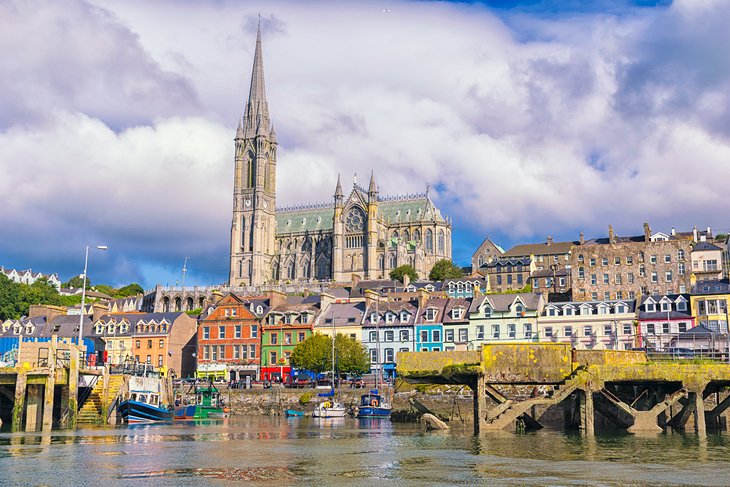
Coleraine – This charming town, commonly referred to as the “capital of the Causeway Coast,” is located on the northern coast of Ireland and is well worth a visit. You’re in for a treat when vacationing in this gorgeous location, which has previously won renowned honors like “Best Kept Town,” “Ulster in Bloom,” and “Best Kept Large Town in Northern Ireland.”

The Cliffs of Moher – Visitors are treated to breathtaking views of the Atlantic Ocean waves crashing upon the rocky shore below, with the picturesque Aran Islands rising in the distance, from the top of the cliffs, which extend south to Kerry and beyond. Undoubtedly, one of the nicest things to do in Ireland is to walk along them.

Belfast – Belfast used to be a location outside limits. This metropolis of Northern Ireland developed a reputation for being feared during its heyday as an economic powerhouse (its shipyard built the tragic Titanic). Belfast is now a popular tourist destination.

Aran Island – Looking for a really Irish experience? Immerse yourself in the Aran Islands’ culture. a well-liked destination for daytrippers from County Galway

MUSIC IN IRELAND
Irish traditional music refers to the island’s native music. Despite influences of cultural globalization, it has remained vibrant throughout the 20th and into the 21st centuries. Irish traditional music has maintained many of its elements despite emigration and a strong connection to British and American musical influences, and it has influenced many other genres of music, including American country and roots music, which in turn has had some influence on contemporary rock music. On occasion, it has been combined with other genres like punk rock and rock and roll. Some of these fusion musicians have achieved popular success both domestically and internationally.
Ireland’s artistic musical heritage includes Gregorian chants from the Middle Ages, Renaissance choral and harp music, court music from the Baroque and Early Classical eras, as well as a variety of Romantic, late Romantic, and twentieth-century modernist works. Numerous composers and ensembles continue to produce and perform avant-garde art music in the classical tradition, making it a thriving genre.
Some musicians in Ireland include:
Enya

Hozier

Some art work in Ireland include:






MEALS IN IRELAND
Colcannon – a traditional meal in Ireland, made from mashed potatoes.
Coddle – a special dish is Dublin made of sausages, potatoes, onions and bacon.
Irish Stew – a delicious stew named after the country. It consist of beef or lamb, potatoes and onions.
Irish breakfast – this is a big meal in reland, often served on Sunday morning or Christmas.
Bread pudding – it is a delicious meal made from bread in cube shapes, coated in sauce of milk, egg, vanilla and baked. It is usually served as dessert.
Black and White Pudding – Black has a distinctive salty and metallic taste, while white pudding tastes like onions and spicy.
Colcannon

Coddle

Irish Stew

Irish breakfast

Bread pudding

Black and White Pudding

Beef and Guinness – it is an ordinary Irish dish stew, made of potatoes, beef, carrots and onions.
Bangers and Mash – it contains sausages, mashed potatoes, and a delicious sauce.
Champ – it is a national dish in Ireland made with mashed potato, butter, milk and green onions.
Fish pie – this is a traditional dish in entire Europe, including Ireland.
Seafood Chowder – a hearty and cozy dish that you can find in pubs and restaurants, especially those in coastal regions.
Boxty – this is a traditional and basic dish in Ireland.
Beef and Guinness

Bangers and Mash

Champ

Fish pie

Seafood Chowder

Boxty

ENVIRONMENTAL CONSERVATION AND HABITAT PROTECTION IN IRELAND
Ireland has a wide variety of forests, including native woodlands, commercial plantations, and trees and woods in and around our cities and towns. In addition to providing basic lumber, Ireland’s forest cover provides a wide range of benefits, including employment, biodiversity, wildlife conservation, environmental protection, rural development, carbon sequestration, amenity and recreation, and tourism.
Ireland’s forest resource is largely concentrated in uplands and peatlands. Due to the absence of any existing field boundaries and walls, these places are frequently referred to as “unenclosed land.” Forests were confined to this sort of area for the most of the 20th century while agricultural cultivation took precedence on the lower, more fertile regions.
Due to their poor productivity and environmental sensitivity, many of these forests were created on land that is no longer regarded as viable for afforestation. The majority were planted while these places were still regarded as wasteland with no inherent value. But today, uplands and peatlands are seen as crucial landscape components that provide habitats for local flora and wildlife as well as manage the water supply to rivers and lakes.












EFFECT OF CLIMATE CHANGE IN IRELAND
Sea levels are rising near the coast, according to the Status of Ireland Climate 2020 study.
After a UN warning about more severe heatwaves, droughts, and flooding, that report was released.
Statistics show that rainfall has risen 6% over the 30 years leading up to 2018 compared to the 30 years before. The wettest decade on record was from 2000 to 2015.
In the previous 120 years, the air temperature has increased by roughly 1C, according to a report by the Republic of Ireland’s Environmental Protection Agency, Met Éireann, and Marine Institute. 15 of the top 20 warmest years on record have happened since 1990.
It also said that sea levels around Ireland have risen by approximately 2-3mm per year since the early 1990s according to satellite observations. Additionally, there has been a significant increase in greenhouse gases compared to pre-industrial levels. Methane levels are up 170%, carbon dioxide levels are up 50%, and nitrous oxide levels are up 20%.
These gases trap heat in the atmosphere, causing it to warm up and contribute to climate change or global warming. The considerable reduction in aerosols, which “impact climate dynamics in numerous ways,” nevertheless, “highlights the success of regulation and technical advancements,” was noted.
According to measurements made at Valentia in County Kerry throughout the 35-year period leading up to 2015, atmospheric sulphur levels had decreased by about 80%.
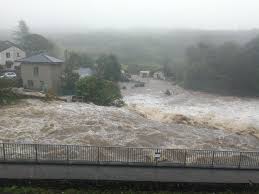






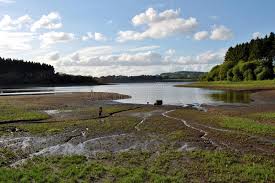


GENDER EQUALITY IN IRELAND
Ireland’s foreign policy places a high priority on gender equality. Every chance is used to emphasize the need of female participation in decision-making at all levels, the right of all girls to high-quality education, and the need to end harmful practices like female genital mutilation.
Ireland is still steadfastly committed to putting UN Security Council Resolution 1325 on women, peace, and security into effect. Preventing and combating gender-based violence, which endangers the health, well-being, and means of subsistence for millions of women, is another top priority. Ireland commits to keeping the momentum going for both since the world cannot achieve the new Sustainable Development Goals without gender equality.
Some prominent women in Ireland include:
Niamh Bhreathnach – a Senior Minister who served as Minister of Education in Ireland.
Maire Geoghegan-Quinn – first female cabinet Minister since the foundation of the state and second in Irish history.
Nora Owen – first female deputy leader of Fine Gael and served as an appointed Minister of Justice.
Jan O’Sullivan – Irish politician who served as a Senior Minister.
Niamh Bhreathnach

Maire Geoghegan-Quinn

Nora Owen

Jan O’Sullivan

Mary Coughlan – a former Minister for Arts and Heritage, as well as Minister of State Adult Education in Ireland.
Joan Burton – an Irish politician who served as Minister of State for Housing.
Regina Doherty – Irish politician who served as Minister for Employment Affairs and Social Protection.
Heather Humphreys – the first woman to be elected for Fine Gael to Cavan-Monaghan.
Mary Coughlan

Joan Burton

Regina Doherty

Heather Humphreys




